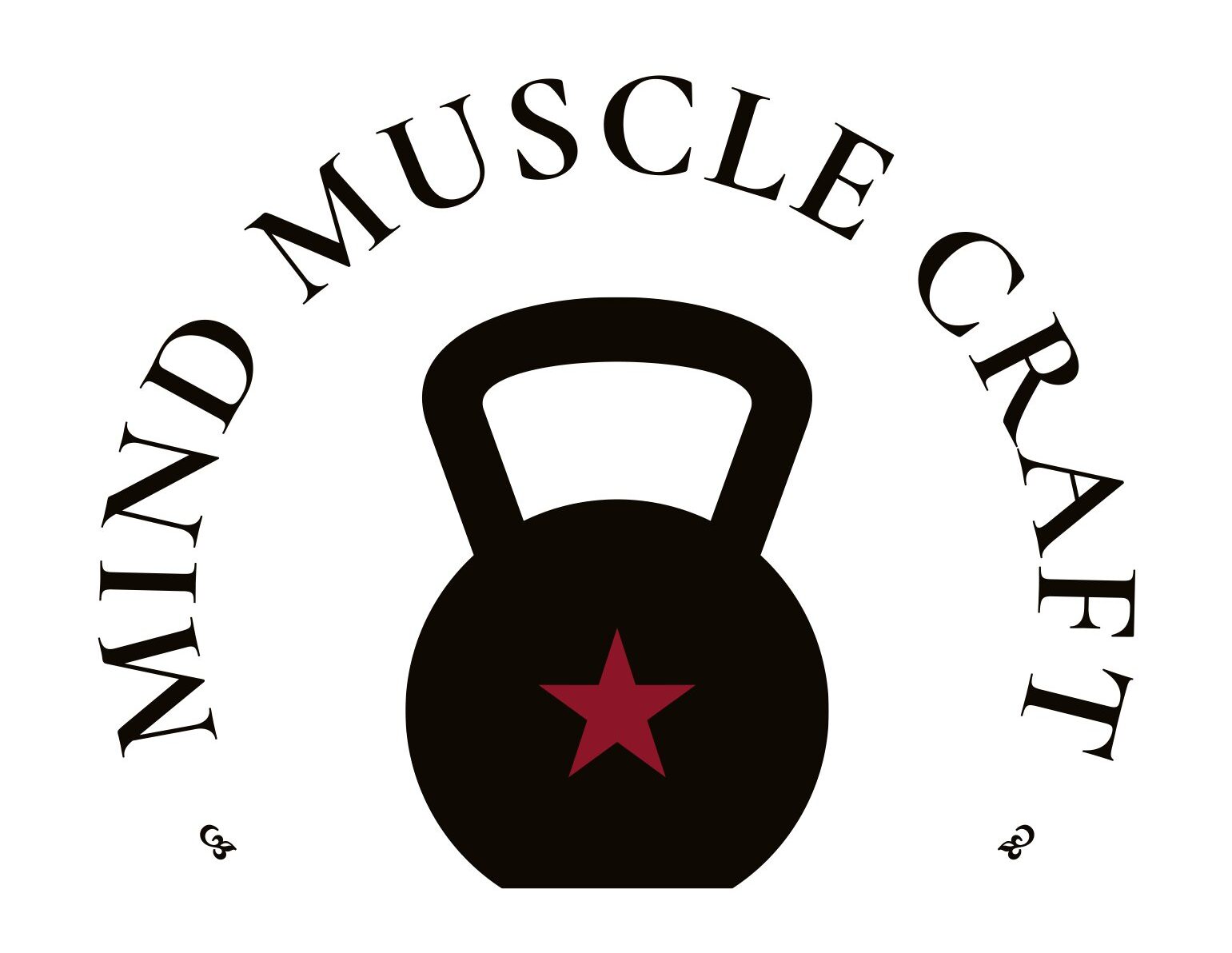Unlocking Hypertrophic Potential: A Guide to Loaded Stretch Training
In the ever-evolving realm of fitness, innovative training techniques are continually emerging, offering new avenues to stimulate muscle growth and redefine traditional approaches. One such intriguing strategy gaining attention is Loaded Stretch Training – a method that combines resistance training with strategic stretching to potentially unlock new dimensions of hypertrophic gains.
Understanding Loaded Stretch Training
Definition: Loaded Stretch Training involves incorporating a stretching component into resistance exercises to enhance hypertrophy. The key distinction lies in holding the load in the stretched position after completing a set, providing a unique stimulus for muscle adaptation.
How it Works:
- Complete a Set: Begin with a regular set of a resistance exercise targeting a specific muscle group.
- Hold the Stretch: After the last repetition, maintain the stretched position with the load for a predetermined duration (e.g., 10 to 30 seconds).
- Rest Period: Allow an adequate rest period (typically ≥90 seconds) before proceeding to the next set.
The Rationale Behind Loaded Stretch Training
While evidence supporting Loaded Stretch Training is still in its early stages, the logic behind its integration is grounded in several potential benefits:
1. Stretch-Induced Hypertrophy:
The prolonged stretch under load may induce additional microtrauma and mechanical tension on muscle fibers, stimulating a hypertrophic response beyond what traditional resistance training alone might offer.
2. Enhanced Metabolic Stress:
The extended time under tension during the stretch phase may contribute to increased metabolic stress, a factor associated with hypertrophic adaptations.
3. Optimized Muscle Fiber Recruitment:
The stretch component could potentially optimize the recruitment of muscle fibers, targeting a broader range of motor units for comprehensive muscle development.
Implementing Loaded Stretch Training: Practical Examples
Dumbbell Chest Press with Loaded Stretch:
- Regular Set:
- Perform a standard set of dumbbell chest presses (e.g., 10 repetitions).
- Rest: 90 seconds.
- Loaded Stretch Set:
- Execute the next set (e.g., 8 repetitions).
- After the last repetition, hold the fully extended arm position with the dumbbells for 15 seconds.
- Rest: 90 seconds before the next set.
Leg Press with Loaded Stretch:
- Regular Set:
- Complete a set of leg presses (e.g., 12 repetitions).
- Rest: 90 seconds.
- Loaded Stretch Set:
- Perform the subsequent set (e.g., 10 repetitions).
- Hold the fully extended leg position against the resistance for 20 seconds.
- Rest: 90 seconds before the next set.
Considerations and Experimentation
Given the preliminary nature of research on Loaded Stretch Training, individuals interested in incorporating this technique should consider the following:
- Duration Experimentation: Adjust the duration of the stretch (e.g., 10 to 30 seconds) based on personal response and comfort.
- Rest Importance: Adequate rest between sets is crucial to prevent compromising the load lifted in subsequent sets.
Conclusion: Embracing the Evolution of Training
Loaded Stretch Training presents a captivating avenue for those seeking novel approaches to hypertrophy. While evidence is still emerging, its integration into resistance training routines holds promise for individuals looking to push their physiological limits and unlock new dimensions of muscle growth. As with any training method, consistency, adaptation, and individualization are key. Before embarking on a new training strategy, consulting with fitness professionals or healthcare providers can offer personalized guidance based on individual needs and goals. Embrace the evolution of your fitness journey with the potential rewards that Loaded Stretch Training may bring.

